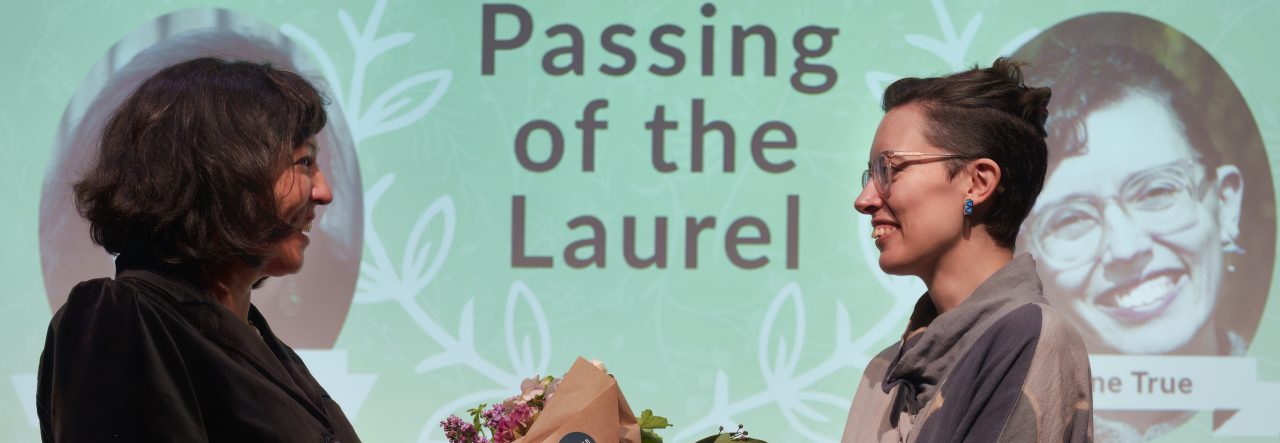I’m back in Dublin on the 4th of July after a quick train trip to Belfast, and I’ve been thinking about this journey and its images, as well as about the most recent violences abroad (Turkey, Bangladesh, Baghdad) and the constant violences at home that color the pages of CNN with anguish and exclamation marks. “The ‘voice of sanity’ is getting hoarse,” Seamus Heaney wrote, and although I hear an echo in there of “The best lack all conviction,” I won’t claim any insight about his response to The Troubles in his country. Belfast struck me as a city trying to transition from a violent recent past–and only making a little bit of progress (and those gains may vanish quickly because of the Brexit vote). There are great restaurants, hipster hangouts, and glitzy new shopping areas sprinkled with bistros where you’ll hear the proprietors echo the line “Belfast is one of the youngest cities in Europe,” but there are also persistent signs of economic and social struggles.
I was there just before the festivities of July 12th–an occasion with literal fire-works that make our biggest celebrations at home look like children smiling and dancing with sparklers. See that pile of wooden pallets? As part of “Orangeman’s Day,” it will become a huge pyre commemorating The Battle of the Boyne, a conflict in 1690 when William the Orange (Protestant) defeated James II (Catholic). The present day observances, according to the cab driver who took us on a tour of the city’s murals, involve the fires, drunken people (men and women) pissing in the streets, thousands of Union Jacks fluttering, and a stretch of time when you wouldn’t want to be out and about wearing green.
All of which is to assert that, even though there is a slick new mall and some of the famous murals are being painted over with optimistic images, transforming war zones into functional neighborhoods is challenging if not impossible, especially when citizens are less concerned with progress and healing than they are with inadequate housing and shoddy infrastructure, social problems that lead to scapegoating that lead to fanatical displays of nationalism that lead to–well, we know the end of that cycle. And, of course, the divisions are much more layered and complicated than I can hope to understand, the walls tall and thick and maybe never to come down.
And the literal walls dividing the city are striking. In recent years, people have taken to writing and painting on them in an act of reclamation that seems both well-intentioned and sadly inadequate.
“We hug our little destiny again,” Heaney writes, and I’ve quickly slipped into acting as if a three-day visit gave me some sort of credibility to comment on a conflict that is centuries in the making. And so, without conviction and uncertain of what else to say, I’ll say nothing, which is probably what I’ve been doing anyhow.









